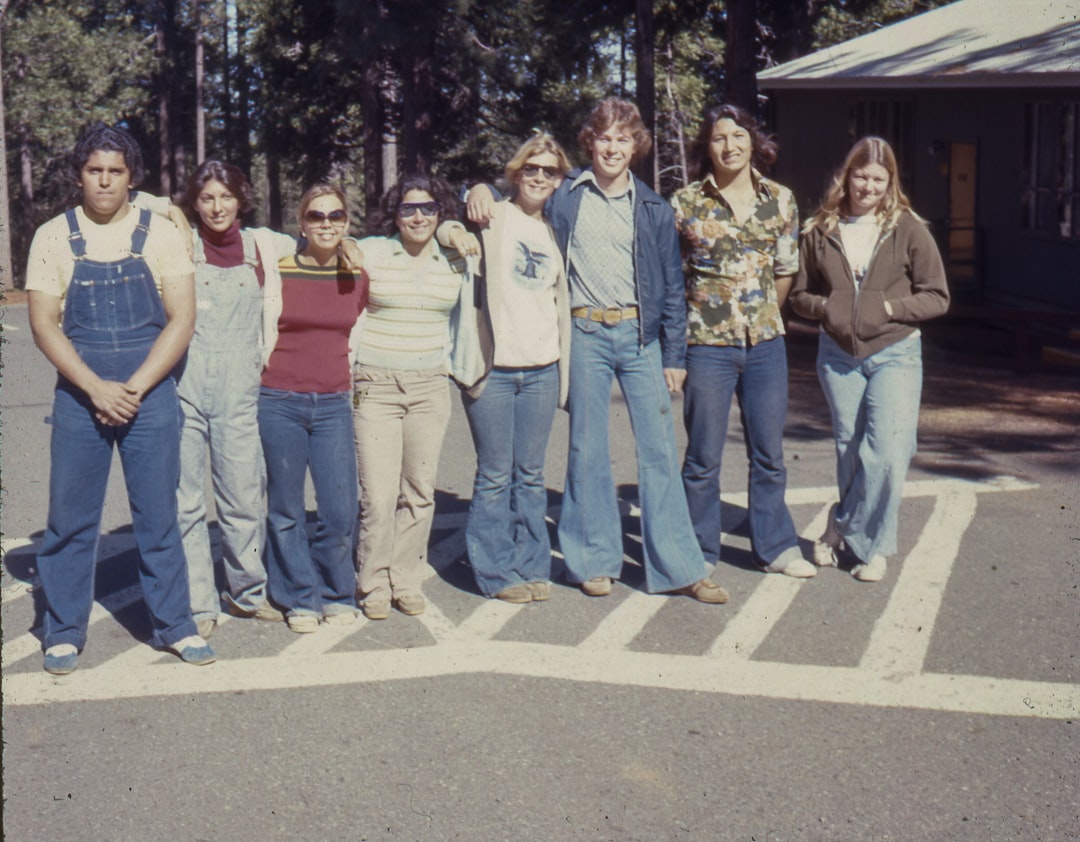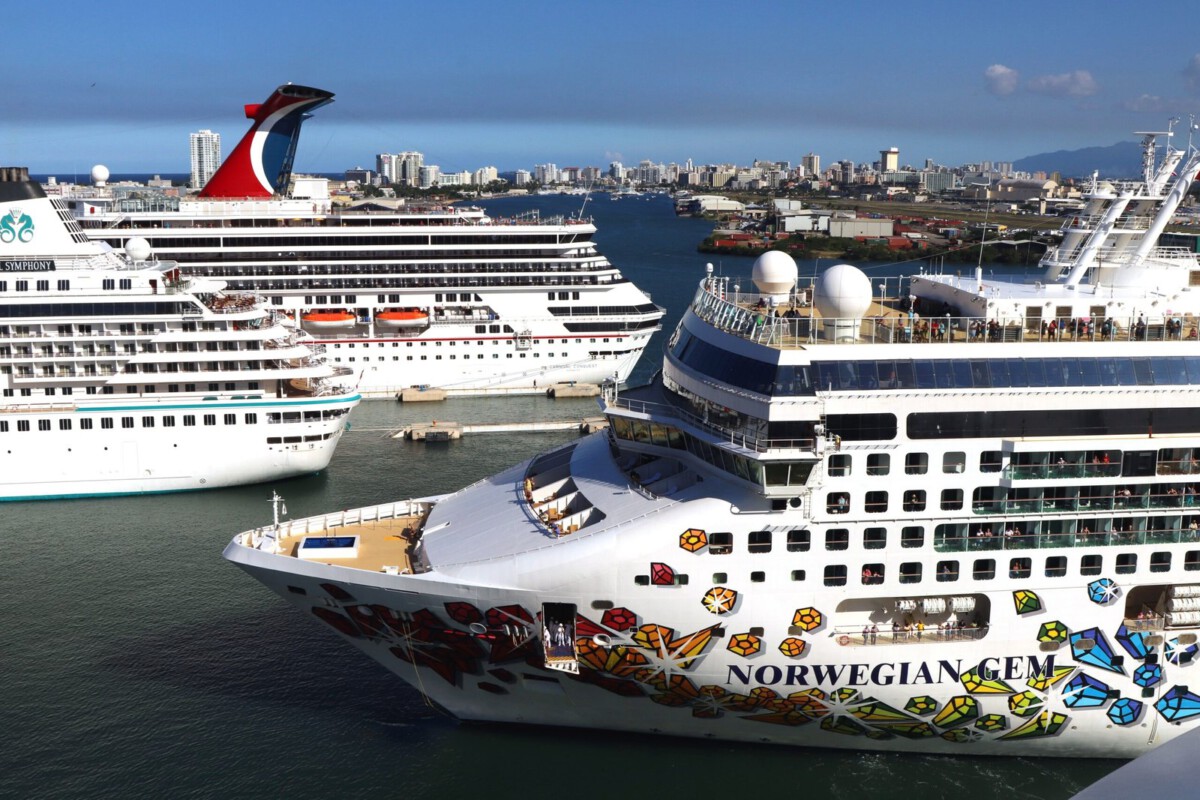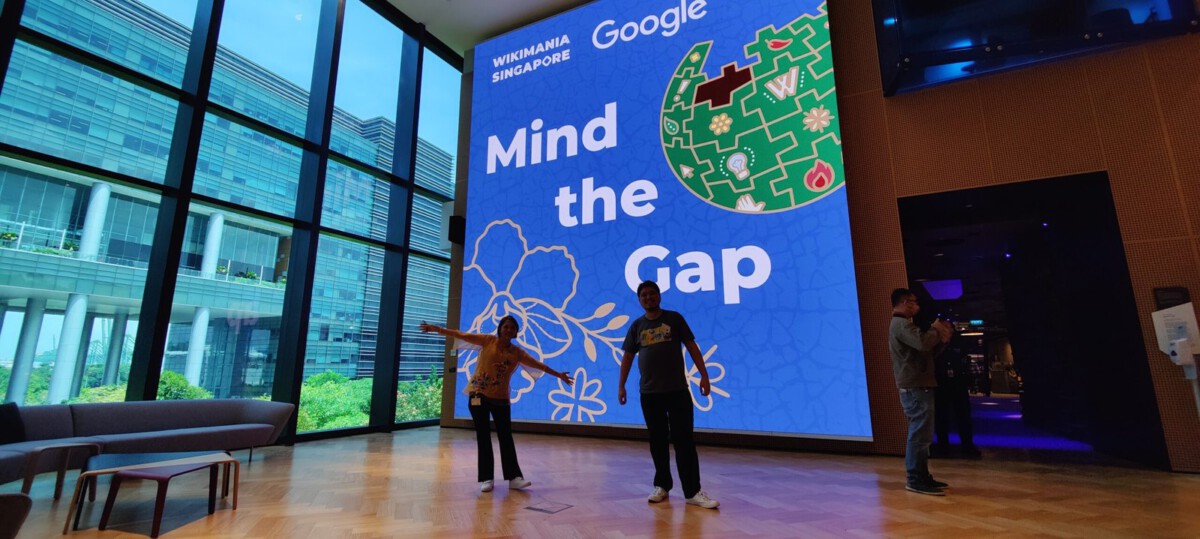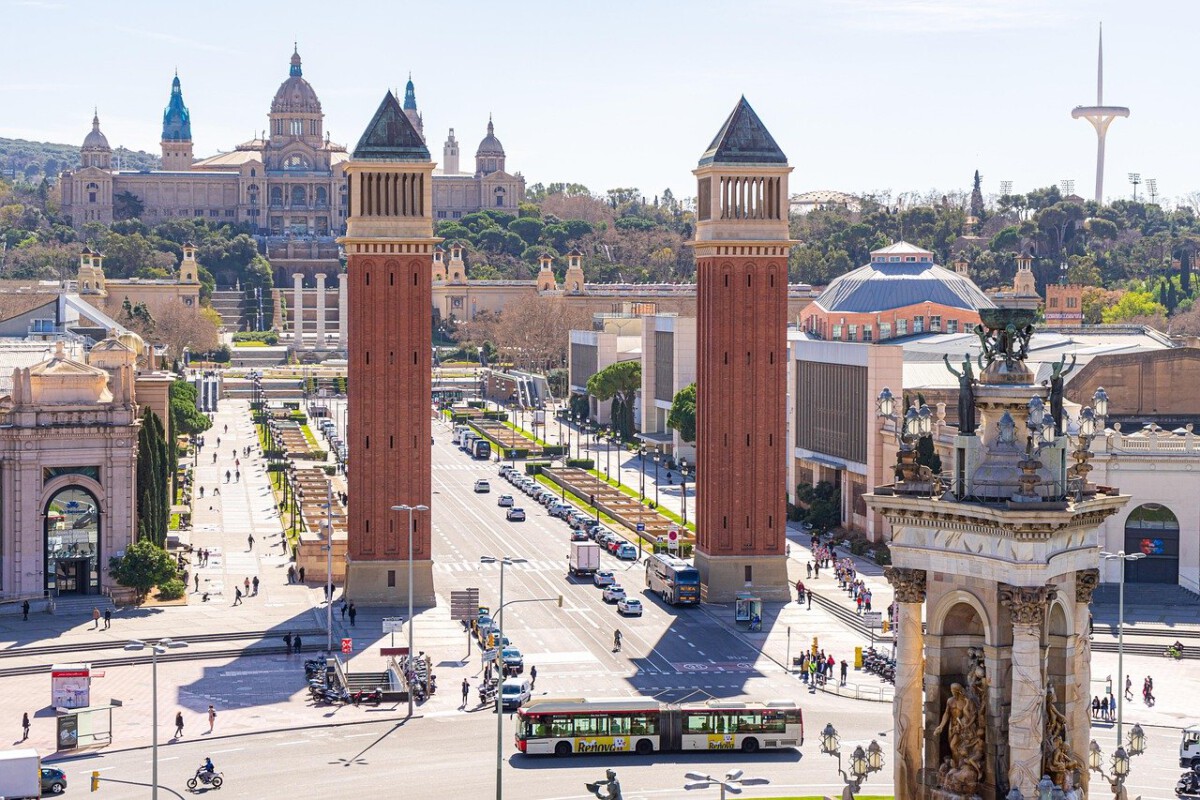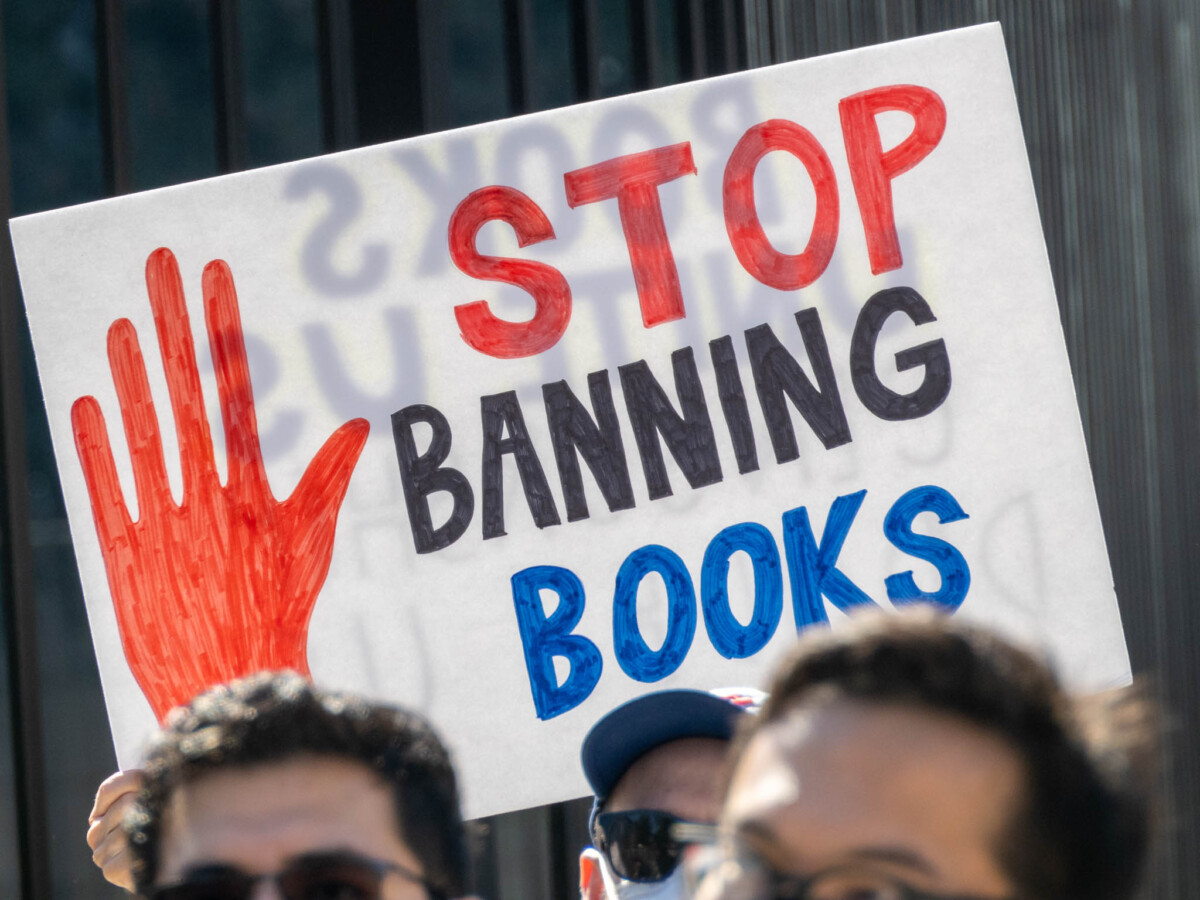A Fresh-Faced Lens on Hidden Hardship (Image Credits: Unsplash)
Under the relentless Central Valley sun, lives unfolded in quiet determination, far from the glamour of Hollywood lights.
A Fresh-Faced Lens on Hidden Hardship
Picture this: a 20-year-old straight out of college grabs his camera and hits the road, funded by the state to document something raw and real. Peter Turnley did just that in 1975, diving into California’s underbelly for the Office of Economic Opportunity. His mission? Capture the working class and the poor, folks scraping by in rural corners and urban fringes.
What started as a four-month trek turned into a treasure trove of images that lingered in obscurity for decades. Turnley handed over prints, unsure if they’d ever see the light of day. Fast forward to now, and those shots are finally stepping into the spotlight, reminding us how history hides in plain sight.
The Commission That Changed Everything
California in the ’70s buzzed with contradictions – beaches and boom times for some, backbreaking toil for others. The state tapped Turnley to spotlight that divide, sending him through farmlands and small towns. He wasn’t chasing celebrities; he sought the farmworkers, factory hands, and families holding it all together.
With a Leica in hand, Turnley roamed from the Imperial Valley to the Sierra foothills, building trust one conversation at a time. His photos aren’t polished portraits – they’re candid glimpses of daily grind, from dawn harvests to evening exhaustion. That authenticity hits hard, even today.
Images That Mirror Modern Struggles
Flip through Turnley’s work, and you’ll spot echoes of current headlines. Those 1975 farmworkers, bent over crops in the heat, look a lot like today’s immigrant laborers facing wage fights and policy battles. It’s a stark reminder that some fights never fully end.
The exhibition pulls no punches, showing kids in cramped homes and elders sharing stories over sparse meals. Yet there’s resilience there too, in smiles amid the strain. These aren’t just old photos; they’re a bridge to understanding why inequality persists.
From Dusty Boxes to Gallery Walls
For years, Turnley wondered about his lost archive. Did it gather dust in some government file? Turns out, it did – until he revisited it, culminating in a book called The Other California 1975. Now, in Los Angeles, the Fahey/Klein Gallery brings them to life through November.
Visitors wander rooms filled with black-and-white prints, each telling a slice of overlooked America. Curators paired them with notes on the era’s economic shifts, like post-Vietnam job losses hitting rural areas. It’s intimate, almost like eavesdropping on private moments.
Key Themes in Turnley’s California
Turnley’s lens zeroed in on everyday endurance, but patterns emerge across his shots. Here’s what stands out:
- Farm life: Endless rows of fields where hands blister under the sun, families migrating for the next season’s work.
- Urban edges: Factory shifts in fading industrial zones, workers clocking out to modest diners.
- Community bonds: Gatherings in parks or churches, where shared hardships forge quiet solidarity.
- Youth and hope: Kids playing amid scarcity, hinting at dreams bigger than their surroundings.
- Economic shadows: Empty storefronts and eviction notices, signs of a state in flux.
These threads weave a tapestry of a California most tourists never see, one that’s equal parts tough and tenacious.
Why Revive These Stories Now?
In 2025, with debates raging over labor rights and immigration, Turnley’s photos feel urgent. They humanize the stats, showing faces behind the farm bills and border talks. Galleries like this one aren’t just displaying art – they’re sparking conversations about equity that span generations.
Turnley himself calls it a tribute to those he met, a way to honor their unseen contributions. As climate challenges hit agriculture harder, these images urge us to look closer at who’s feeding the nation.
Key Takeaways
- Turnley’s 1975 commission revealed a divided California, much like today’s divides.
- The L.A. exhibition revives forgotten prints, linking past struggles to present ones.
- These photos celebrate resilience, pushing us to value working-class voices.
Stepping back, Turnley’s work whispers a simple truth: history isn’t distant – it’s in the soil we stand on. What strikes you most about this slice of California’s past? Share in the comments.

